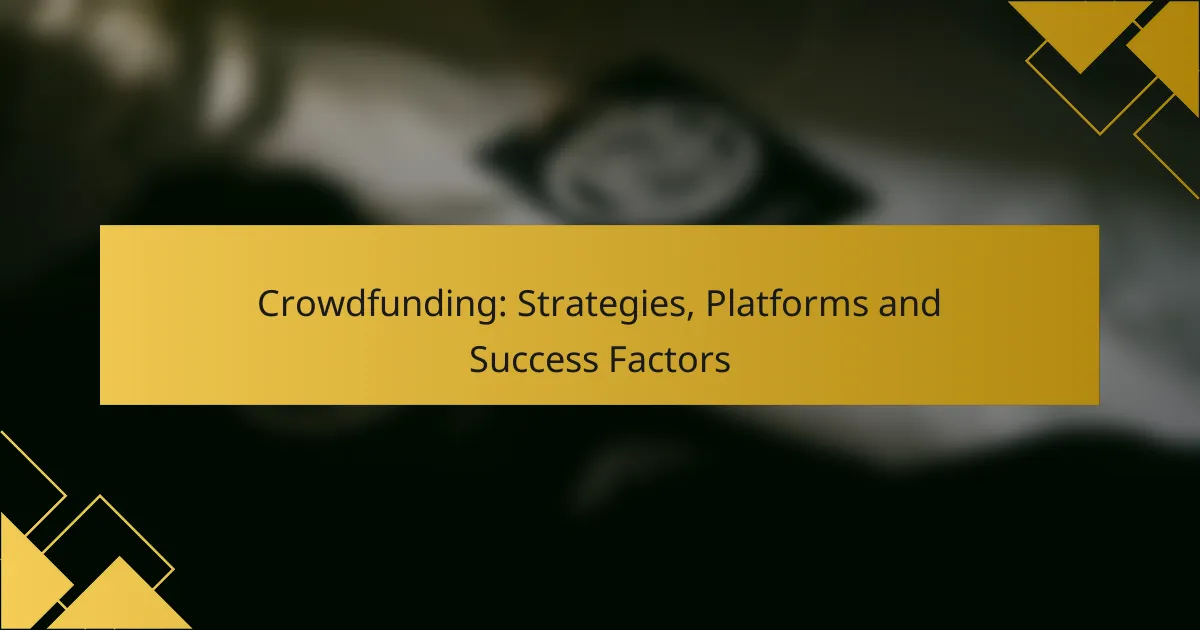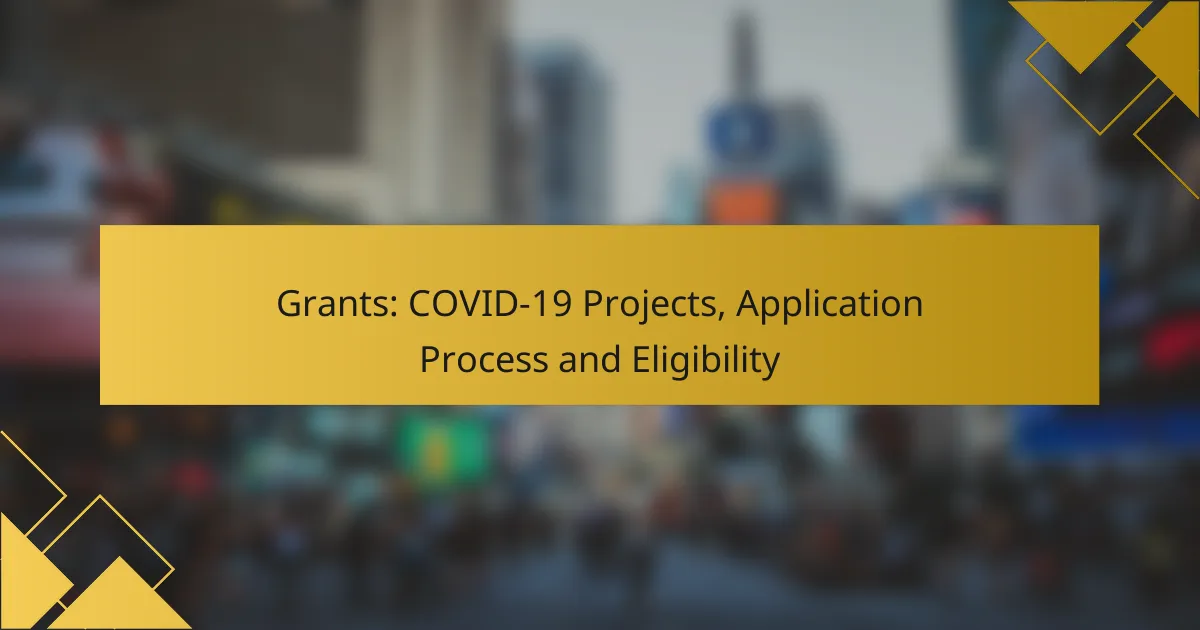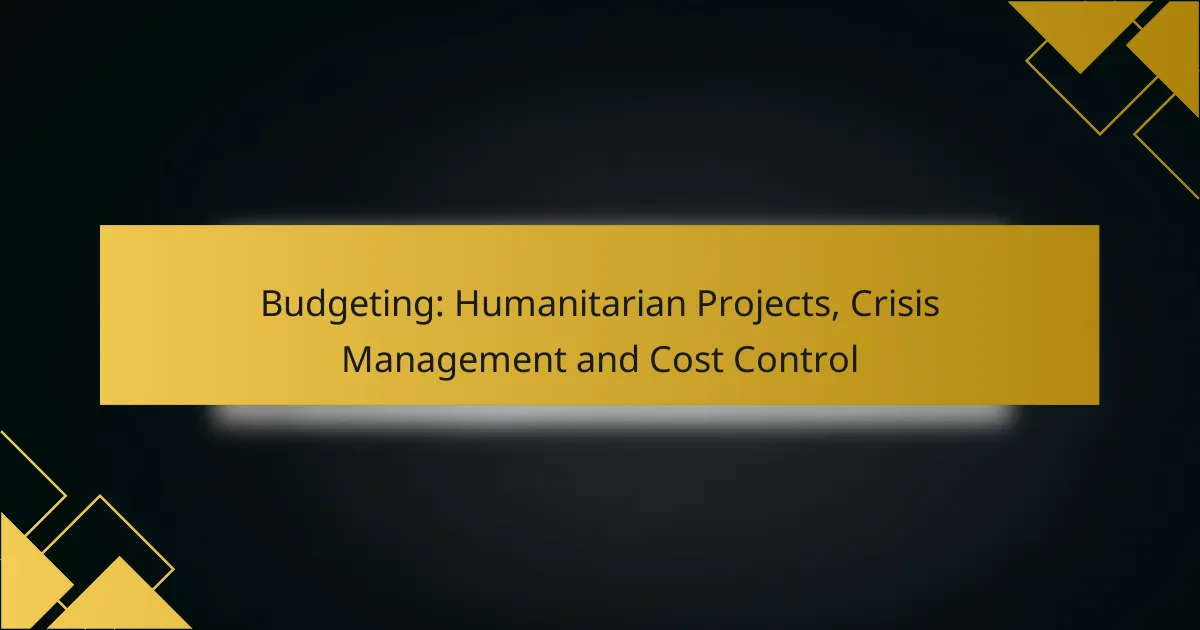Crowdfunding has emerged as a powerful tool for startups, enabling them to raise capital by engaging directly with potential backers. To maximize success, it is crucial to choose the right crowdfunding model and platform that aligns with your business objectives and target audience. Additionally, effective marketing strategies, clear project goals, and active community engagement are essential components that can significantly enhance your fundraising efforts.
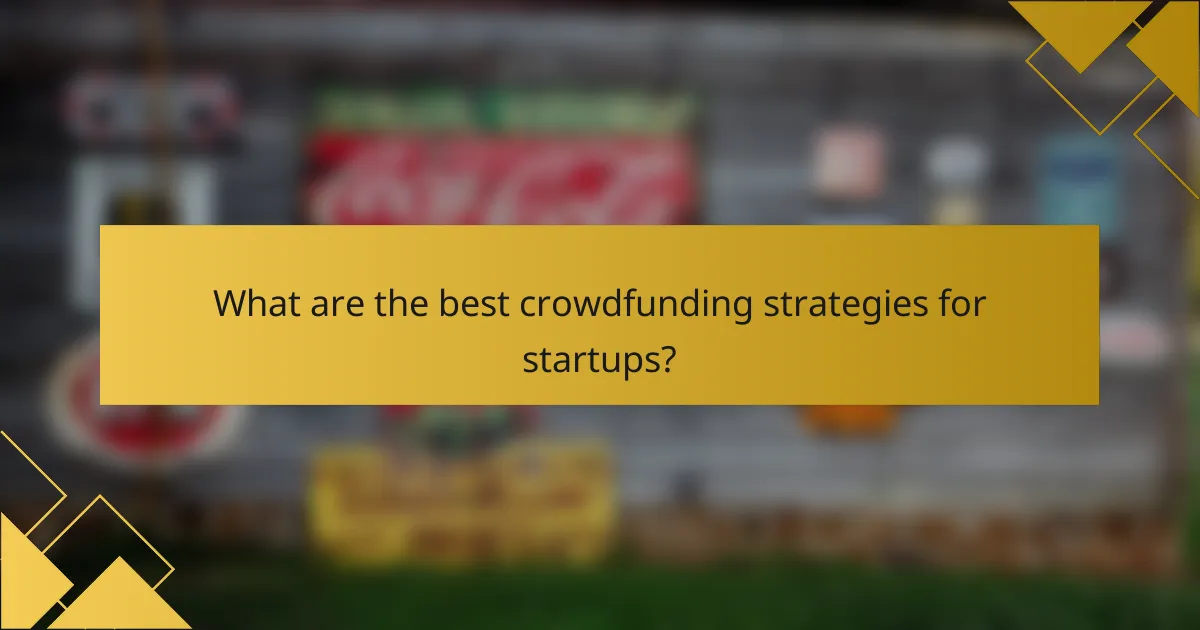
What are the best crowdfunding strategies for startups?
The best crowdfunding strategies for startups include selecting the right model that aligns with your business goals and audience. Each strategy has unique benefits and considerations that can significantly impact your fundraising success.
Reward-based crowdfunding
Reward-based crowdfunding allows startups to raise funds by offering backers tangible rewards in exchange for their contributions. This model is popular on platforms like Kickstarter and Indiegogo, where supporters receive products, experiences, or exclusive content based on their pledge level.
To succeed, clearly define your rewards and ensure they are appealing and attainable. Avoid overpromising on delivery timelines, as delays can harm your reputation and future campaigns.
Equity crowdfunding
Equity crowdfunding enables startups to raise capital by offering shares in the company to investors. This model is regulated in many countries, including the U.S. under the JOBS Act, allowing non-accredited investors to participate.
When pursuing equity crowdfunding, prepare a solid business plan and financial projections. Be transparent about risks and potential returns, as investors will seek assurance of their investment’s viability.
Debt crowdfunding
Debt crowdfunding, or peer-to-peer lending, involves borrowing funds from individual investors with the promise of repayment plus interest. Platforms like LendingClub and Funding Circle facilitate these transactions, making it easier for startups to access capital without giving up equity.
Consider your ability to repay the loan before proceeding, as missed payments can damage your credit and future borrowing options. Clearly outline your repayment strategy to attract lenders.
Donation-based crowdfunding
Donation-based crowdfunding allows individuals to contribute to a cause or project without expecting any financial return. This model is often used by nonprofits and social enterprises on platforms like GoFundMe.
To be effective, tell a compelling story that resonates with potential donors. Highlight the impact of their contributions and maintain transparency about how funds will be used to build trust and encourage more donations.
Hybrid crowdfunding models
Hybrid crowdfunding combines elements of different models, such as offering rewards while also allowing for equity investment. This approach can attract a broader range of backers and diversify funding sources.
When using a hybrid model, ensure that your messaging is clear about what contributors can expect. Balance the benefits of each model to maximize engagement and funding potential while adhering to relevant regulations.
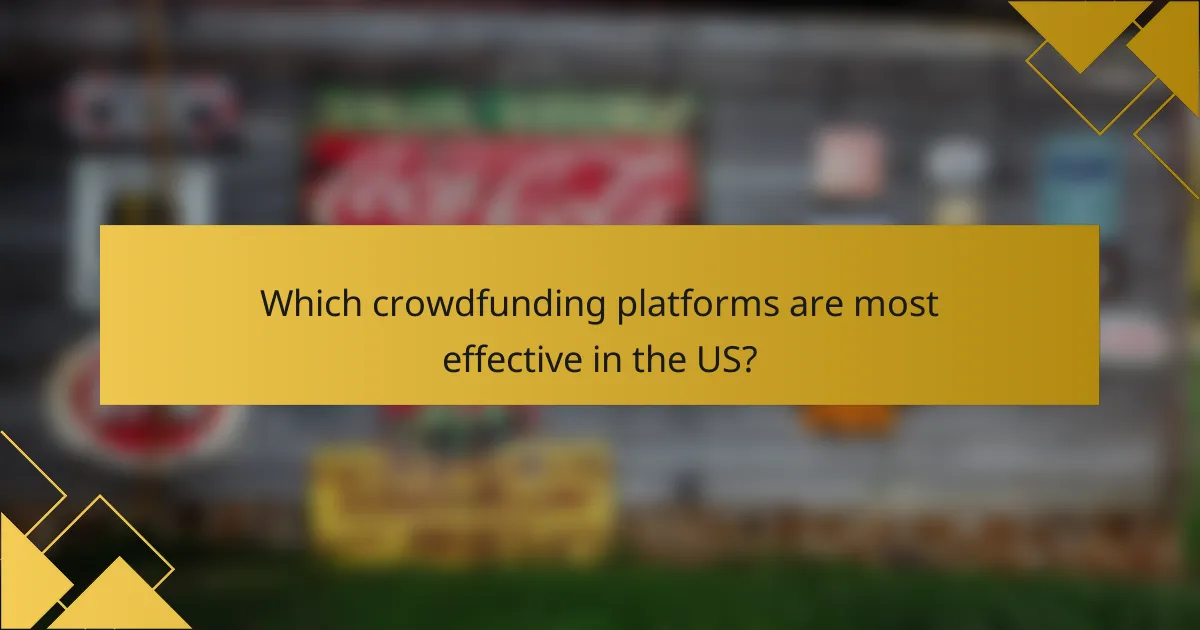
Which crowdfunding platforms are most effective in the US?
In the US, effective crowdfunding platforms include Kickstarter, Indiegogo, GoFundMe, SeedInvest, and Patreon. Each platform serves different purposes and audiences, making it essential to choose one that aligns with your project goals.
Kickstarter
Kickstarter is a popular platform for creative projects, including art, music, and technology. It operates on an all-or-nothing funding model, meaning projects must reach their funding goal to receive any money.
To succeed on Kickstarter, create a compelling project page with engaging visuals and a clear description. Offer attractive rewards to backers, as this can significantly boost your chances of reaching your goal.
Indiegogo
Indiegogo offers flexible funding options, allowing creators to keep funds even if they don’t meet their goal. This platform is suitable for a wide range of projects, from innovative gadgets to community initiatives.
Consider using Indiegogo’s InDemand feature to continue raising funds after your campaign ends. This can help maintain momentum and attract ongoing support from backers.
GoFundMe
GoFundMe is primarily used for personal causes, such as medical expenses, education, or emergencies. Unlike other platforms, it does not require a funding goal, allowing users to receive donations at any time.
To maximize your campaign’s success on GoFundMe, share your story authentically and provide regular updates to donors. Social media promotion can also help increase visibility and attract more contributions.
SeedInvest
SeedInvest focuses on equity crowdfunding, allowing startups to raise capital by offering equity to investors. This platform is ideal for businesses looking to scale and attract serious investors.
To use SeedInvest effectively, ensure your business is compliant with SEC regulations and prepare a solid pitch deck. Engaging with potential investors through updates and transparency can enhance trust and interest.
Patreon
Patreon is designed for creators who want to build a subscription-based income stream. It allows fans to support creators through monthly contributions in exchange for exclusive content and perks.
To thrive on Patreon, consistently deliver high-quality content and engage with your community. Offer tiered membership levels to cater to different supporter budgets, enhancing the appeal of your offerings.
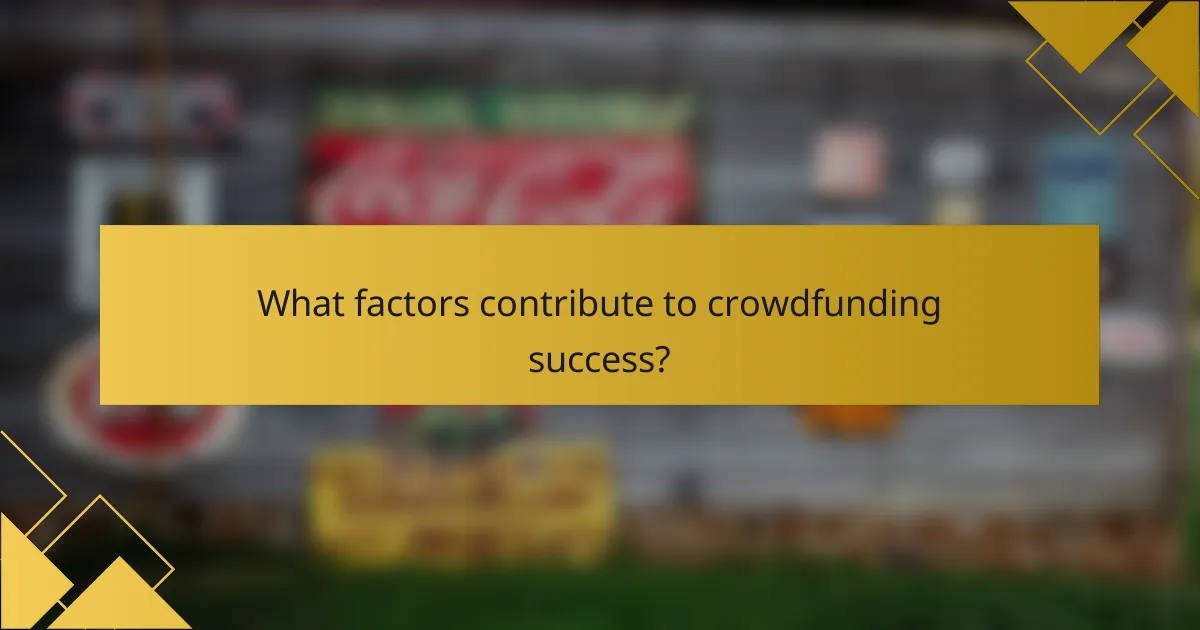
What factors contribute to crowdfunding success?
Successful crowdfunding relies on a combination of effective marketing, clear goals, engaging content, strong social media presence, and active community involvement. Each of these factors plays a crucial role in attracting backers and achieving funding targets.
Effective marketing strategies
To maximize crowdfunding success, implement targeted marketing strategies that resonate with your audience. Utilize email campaigns, social media ads, and influencer partnerships to reach potential backers. Consider allocating around 20-30% of your budget to marketing efforts to ensure visibility.
Additionally, create a compelling narrative around your project. Storytelling can significantly enhance emotional engagement, making it more likely for people to contribute. Highlight unique aspects and the impact of your project to draw interest.
Clear project goals
Establishing clear and achievable project goals is vital for crowdfunding success. Define specific funding targets and timelines to provide potential backers with a clear understanding of what you aim to accomplish. This clarity builds trust and encourages contributions.
Break down your goals into smaller milestones, which can help maintain momentum throughout the campaign. Regularly update backers on progress towards these goals to keep them engaged and invested in your project’s success.
Engaging video content
High-quality video content can significantly enhance your crowdfunding campaign. A well-produced video should clearly explain your project, showcase its benefits, and convey your passion. Aim for a duration of 2-3 minutes to maintain viewer interest while delivering essential information.
Incorporate visuals, testimonials, and a strong call to action to encourage viewers to back your project. Videos that evoke emotions or tell a compelling story are more likely to resonate with potential supporters.
Strong social media presence
A robust social media presence is essential for driving traffic to your crowdfunding campaign. Create profiles on platforms like Facebook, Instagram, and Twitter to share updates, engage with followers, and promote your project. Consistent posting and interaction can help build a loyal community around your initiative.
Utilize hashtags and join relevant groups to expand your reach. Engaging with your audience through live Q&A sessions or behind-the-scenes content can foster a sense of connection and encourage sharing, amplifying your campaign’s visibility.
Community engagement
Engaging with your community is crucial for fostering support and loyalty. Encourage feedback and participation from potential backers by creating polls or asking for input on project elements. This involvement can make backers feel invested in the outcome.
Consider hosting events or webinars to connect with your audience directly. Building relationships with your supporters can lead to increased funding and advocacy for your project, as satisfied backers are more likely to share your campaign with their networks.
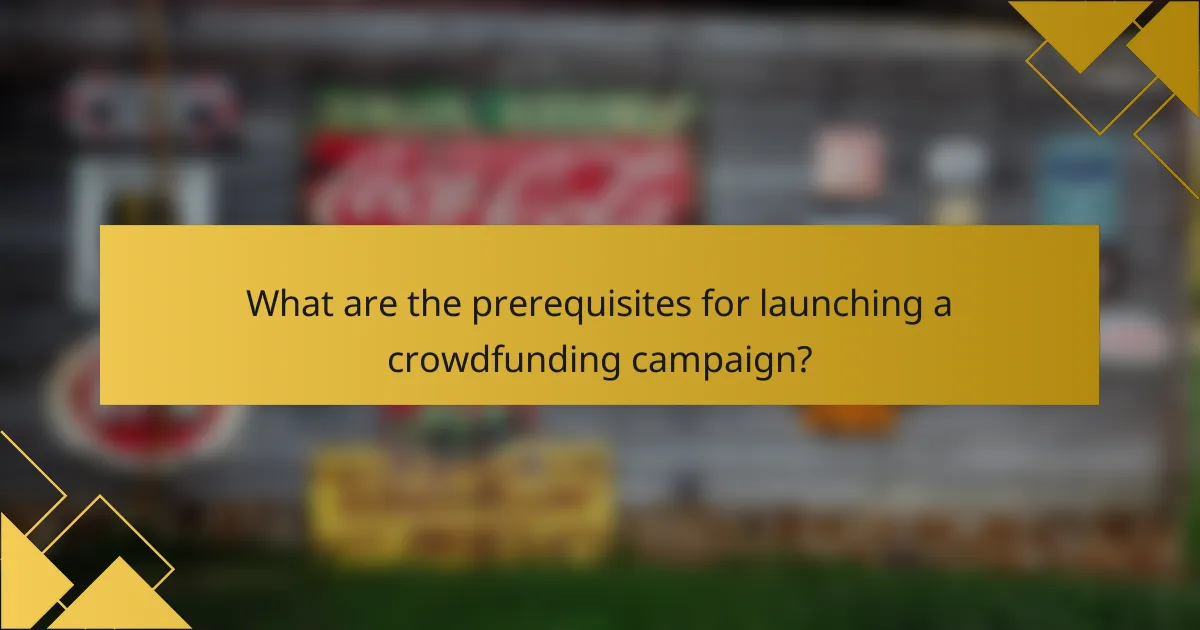
What are the prerequisites for launching a crowdfunding campaign?
Launching a crowdfunding campaign requires careful planning and preparation. Key prerequisites include a well-defined project idea, a target audience, and a solid marketing strategy to engage potential backers.
Market research
Market research is essential for understanding your target audience and the competitive landscape. It helps identify potential backers’ interests, preferences, and funding behaviors, which can guide your campaign strategy.
Start by analyzing similar crowdfunding campaigns in your niche. Look for successful projects to determine what worked well and what didn’t. Platforms like Kickstarter and Indiegogo can provide insights into popular categories and funding patterns.
Consider conducting surveys or focus groups to gather direct feedback from potential supporters. This information can help you refine your project and tailor your messaging, increasing your chances of success. Aim to identify at least three key insights that can inform your campaign approach.






